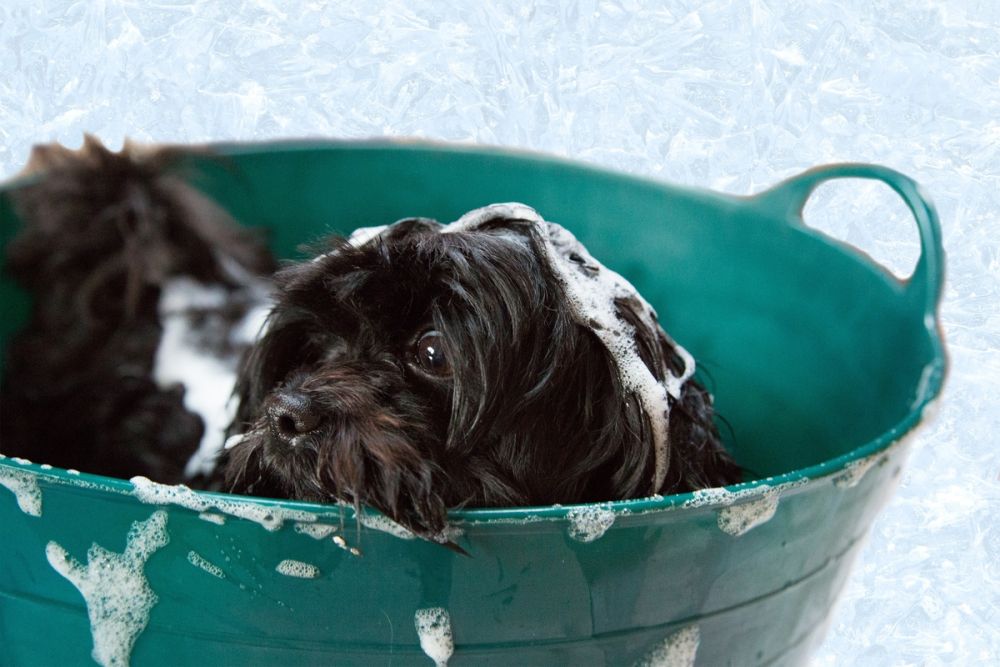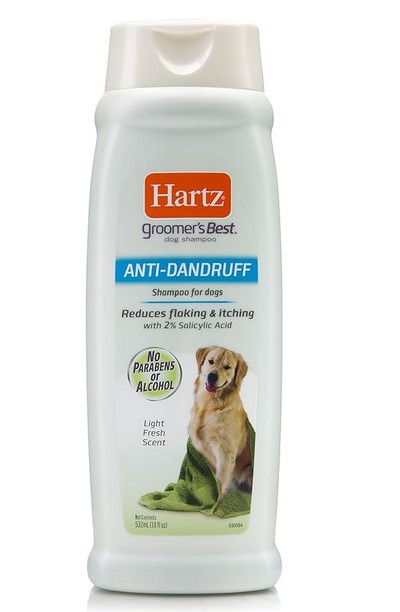
Doggy Dandruff: What You Need to Know About Canine Seborrhea
If you thought dandruff was a problem reserved for humans, think again! Canine Seborrhea, or doggy dandruff, is a fairly common skin disorder among our four-legged friends.
Whether your dog is affected with the oily (oleosa) or dry (sicca) variety of the disorder or a combination of both, chances are you just want to find a solution that gives them relief and solves the problem.
Symptoms of Canine Seborrhea
If your dog has Canine Seborrhea, you may notice one or more of the following symptoms:
- Dry, flaky skin
- Oily buildup on the skin, particularly in areas like behind the ears and in the armpits
- A distinctive, unpleasant odor on the skin
- If the dandruff and greasiness cause excessive scratching, you may also see bleeding, scabs, or secondary infections
Causes of Canine Seborrhea
Sometimes, Canine Seborrhea has no obvious cause, and in those cases, it is known as idiopathic.
Other times, it’s what is known as secondary Seborrhea, which is triggered by another disease or disorder. Those may include:
- Allergic reactions
- Dietary issues and deficiencies
- Malabsorption issues
- Endocrine diseases and disorders
- Parasites
- Autoimmune diseases and disorders
Breeds Prone to Canine Seborrhea
While any dog can get Canine Seborrhea, they will usually be affected before they are two years old, and they may be more prone to the disorder if they belong to certain breeds.
Those breeds include West Highland Terriers, Dachshunds, Labradors, Cocker Spaniels (English and American), Bassets, Shar Peis, Golden Retrievers, Dobermans, and German Shepherds.
How Is Canine Seborrhea Diagnosed?
In order to diagnose Canine Seborrhea, your veterinarian will first try to rule out any possible triggers and any other possible causes of the problem.
Skin samples will be taken and analyzed for bacterial infections, fungal infections, and parasites.
Your veterinarian will probably take blood and fecal samples, too, to test for any other possible causes of the skin symptoms your dog is experiencing.
Only when they have ruled out any possible triggers or secondary causes will your veterinarian diagnose primary Seborrhea.
How Is Canine Seborrhea Treated?
The treatment for Canine Seborrhea will depend on the type and the cause.
If your dog has secondary Seborrhea, the best way to solve the problem is to treat the cause. Your veterinarian will be able to recommend the best treatment for the primary disease or disorder, and when that has been taken care of, the skin condition should disappear, too.
If your dog has primary Canine Seborrhea, there is no cure for the condition, but there are ways to treat the problem to make your dog more comfortable. These include:
- Shampoos containing tar, salicylic acid, or sulfur
- Mineral supplements
- Dietary changes
- Topical treatments and antibiotics if secondary infections occur
Canine Seborrhea or doggy dandruff is not something that will have a major impact on your life or your dog’s, and it is possible to live with it, treat and manage it, and for your dog to have a normal, happy life.
Make sure you factor regular visits to the veterinarian too, to monitor the condition, and adjust any treatments when necessary.

